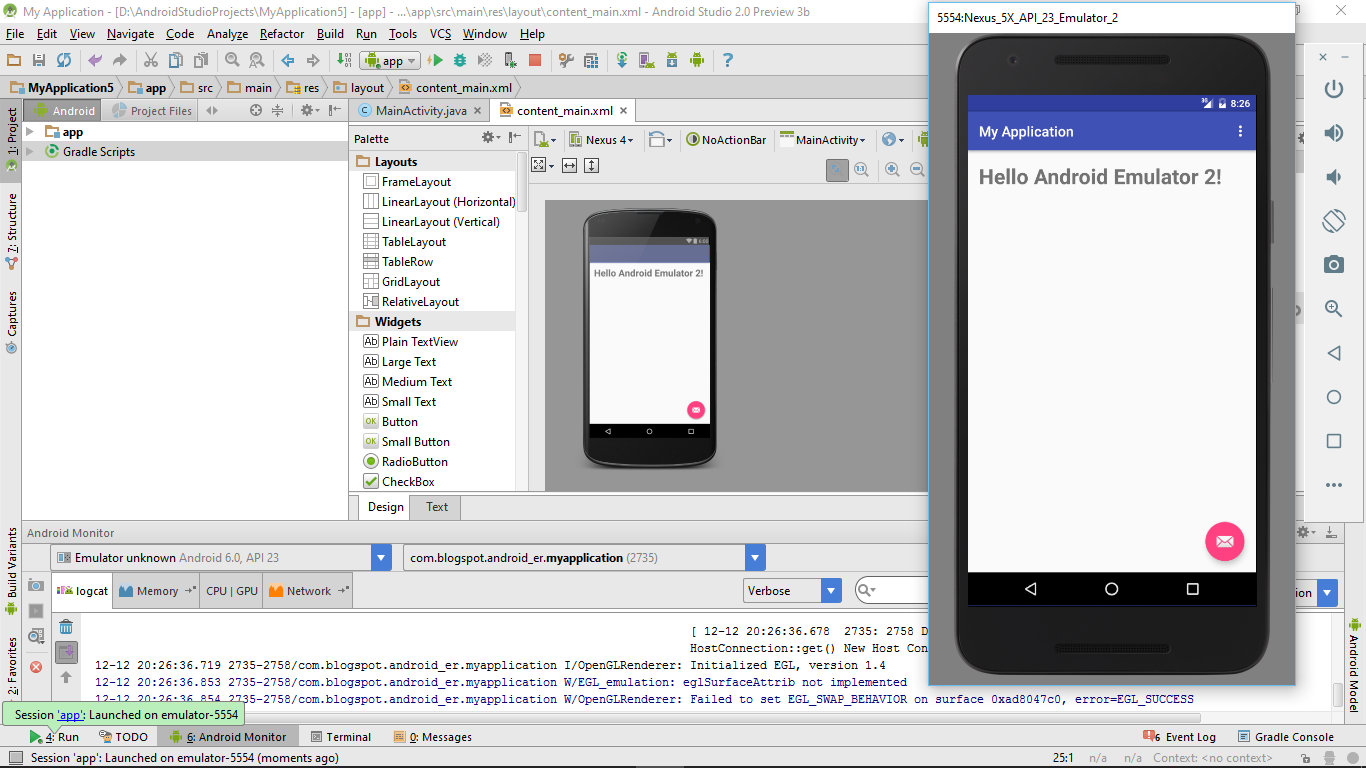

This program permits you to create and run different Android Virtual Devices, and if you have followed the Android Setup Guide and used a custom install for Android Studio then it should be installed and ready to use, so you can skip down to the section on Using The AVD Manager. If you have installed Android Studio on your Mac or PC then you have access to the AVD Manager. Note that if you do not own any real Android devices, we do not recommend an emulator as the only testing you do before you do a store submission! Performance levels can be much lower on a phone than on your beefy PC, so your game might kill low-end phones and you'd never know until you started getting crash reports back from customers. In this article we explain how to set up an AVD for use in this way.įor more information on AVDs see here: Create And Manage AVDs and you can target these from GameMaker and test projects on them just as you would a physical device (to a reasonable degree!).

An AVD is an virtual machine running Android on an emulated set of device specifications, including memory, screen size, CPU, etc. When building a project for the Android target, it's not always possible to have a range of physical devices at hand to test different screen sizes or processing power, which is where emulation and Android Virtual Devices (AVDs) come in handy.


 0 kommentar(er)
0 kommentar(er)
